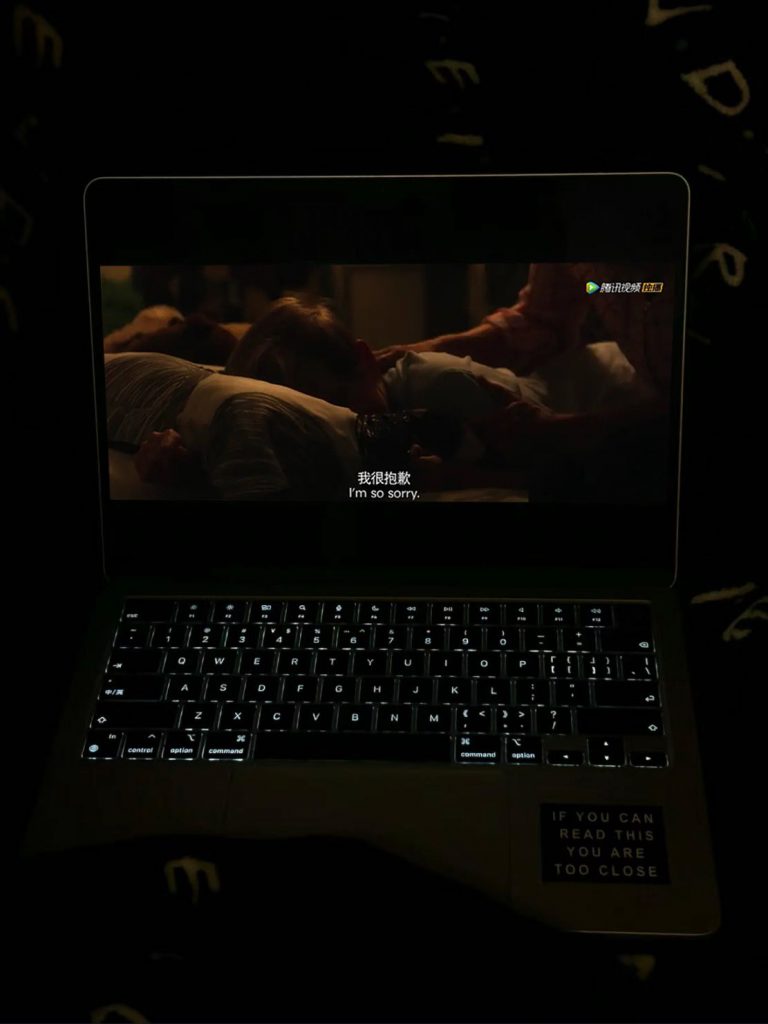How to tell a better story about bipolar disorder so that people can understand it better
I’d like to experiment with two approaches:
1.Visual
I found a film No Letting Go about bipolar disorder, and I want people to vicariously experience the characters in the film, to feel the patient’s experience in the first place, to empathise, and to learn about bipolar disorder.
2.Theory
I found a book called Bipolar Disorder: what you need to know. This book is like a guidebook or a book of theoretical knowledge, or tells people what kind of disease it is and what we should do for such patients, which I think gives a more precise understanding of bipolar disorder.
I invited 3 friends, to watch this film and read this book. And give me a feedback. I would like to know from them whether it is better to understand bipolar disorder by feeling the pain of the patients from a first-hand perspective and empathising with them, or whether it is better to understand bipolar disorder by knowing how to live with the patients through a clear and straightforward guide.
Feedback



ZIHANGAO
Through the real storyline and delicate emotional performance in the film no letting go, I deeply experienced the inner world of the patients, so the world of bipolar disorder is like this, and I felt their pain, struggle and loneliness. It made me feel strong empathy. I think this kind of emotional empathy is helpful to break the prejudice and misunderstanding of mental illness, can make it easier for people to think from the patient’s point of view, appreciate their face of the disease provides a more intuitive and emotional way of learning to help people remember the patient’s feelings, helplessness and pain. This in turn inspires greater understanding and care for patients. At the same time, through Tim’s story, we see the importance of early intervention and ongoing support, and the need to remind society to pay more attention to mental health issues.
Through this book, I have gained a more systematic understanding of the symptoms, causes, diagnostic criteria, treatments, and practical advice on how to relate to patients with bipolar disorder. This rational and knowledge-driven understanding can help people better respond to the needs of patients and provide appropriate support in real life. Often based on clinical experience and research findings, the guidance in books can help people rationalise their illness and reduce fears and misconceptions so that they can interact with patients in a more scientific way.
YIFEI WEN
Focusing on the family, No Letting Go delves into the love and support between family members in the face of adversity. This was my first introduction to bipolar disorder as an illness. I think by watching the film it did stimulate my understanding of the sufferers and reduced my fear and misunderstanding of mental illness. But films can focus on specific episodes or extreme situations, making it difficult to cover the full complexity of the illness.
Reading professional guide books can provide systematic, scientific and practical knowledge. This approach can help us gain a comprehensive understanding of bipolar disorder, including its symptoms, diagnosis, treatment and coping strategies. Through this kind of rational learning, we can grasp how to better support and help patients in real life. However, this approach is particularly suitable for people who need to spend time with or provide support to the patient over a long period of time, such as family members, carers or professionals. It may be burdensome to some readers because it requires more time and effort to learn and understand.
FAN PING
If the goal is to quickly increase the emotional understanding and empathy of the general public and to correct the misconceptions and prejudices prevalent in society, then the first-view experience of the film is better. It can give the audience a quick and deep insight into the real face of bipolar disorder through strong emotional resonance and intuitive visuals.
If the goal is to provide systematic, in-depth knowledge so that people can understand bipolar disorder more fully and apply that knowledge in their lives, then reading an instructional book is better. It helps the reader get to the root of the science and practicalities associated with bipolar disorder.
If I had to choose one, I think a film experience might be better suited to quickly raise the public’s emotional awareness and social concern about bipolar disorder, thus raising the overall level of awareness in a short period of time. Moreover, films, as part of popular culture, are more likely to attract widespread attention and discussion, thus raising overall awareness of bipolar disorder.
Summary
I’ve found that it turns out that the visual and theoretical approaches to presentation each have their own benefits. Like FAN PING said, if the goal is to quickly increase emotional understanding and empathy in the general public and correct the misconceptions and bias that are prevalent in society, then the first view experience of film is better. If the goal is to provide systematic, in-depth knowledge so that people can more fully understand bipolar disorder and apply that knowledge in their lives, then reading instructional books is better.
At the same time I started thinking that it also depends on my audience. If it’s for the general public, it’s better for a visual presentation, and if it’s for people around bipolar disorder, it’s better for a theoretical guide book.
Leave a Reply